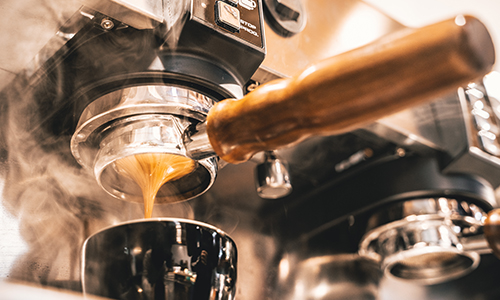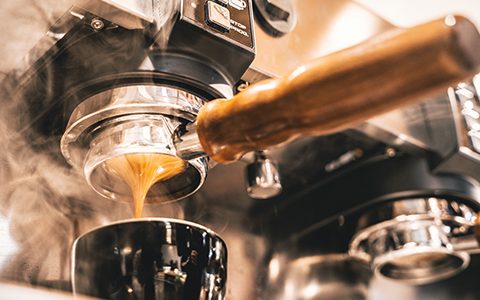Limescale Deposits: Why They Occur and How to Prevent Them
As tap water travels through pipes and into our homes, it often picks up dissolved minerals—chiefly calcium and magnesium—that can form visible white residues known as limescale. While harmless to human health, limescale can damage appliances, impair their efficiency, and leave unsightly deposits on fixtures and glassware.
What Is Limescale?
Limescale is primarily calcium carbonate, which remains dissolved in “hard” water. When hard water is heated—such as in kettles, coffee makers, or steam irons—carbon dioxide escapes and reduces the water’s ability to hold dissolved calcium. The excess calcium then precipitates as a chalky, white film on internal surfaces.
Why Limescale Matters
- Reduced appliance lifespan: Coated heating elements must work harder, consuming more energy and wearing out faster.
- Lower efficiency: Boilers, coffee machines, and dishwashers scale up, increasing energy use and extending cycle times.
- Unattractive build-up: White residues on taps, sinks, and glassware undermine the appearance of cleanliness.
- Altered taste: Mineral deposits can give water—and beverages made with it—a flat or slightly salty flavor.
Measuring Water Hardness
Water hardness refers to the concentration of dissolved calcium and magnesium ions. Regions differ in hardness; if you see recurring scale on kettles or taps, your water is likely “hard” or “very hard.” Simple test strips are available to measure hardness in grains per gallon (gpg) or milligrams per liter (mg/L).
Preventing Limescale
- Install a water softener or filter: Ion-exchange or activated-carbon filters reduce the minerals that cause scale.
- Use descaling additives: Run commercial or homemade solutions—such as a 1:1 mix of white vinegar and water—through appliances regularly to dissolve deposits.
- Rinse and dry: After heating, rinse kettles and steam irons with fresh water and wipe dry to minimize residue formation.
- Lower water temperature: Boil only as much water as you need and avoid overheating when possible.
- Install scale inhibitors: Magnetic or electronic devices on the incoming water line can reduce scale adhesion, though results vary.
DIY Descaling Tips
To descale a kettle or coffee maker:
- Fill the appliance with a solution of equal parts white vinegar and water.
- Let it soak for 1–2 hours (or overnight for heavy scale).
- Rinse thoroughly with fresh water before using again.
For taps, showerheads, and fixtures, apply the same vinegar solution with a spray bottle, allow it to sit, then scrub gently and rinse.
Conclusion
While limescale is a common byproduct of hard water, simple preventive measures and periodic descaling can protect your appliances, save energy, and maintain a clean appearance throughout your home.


